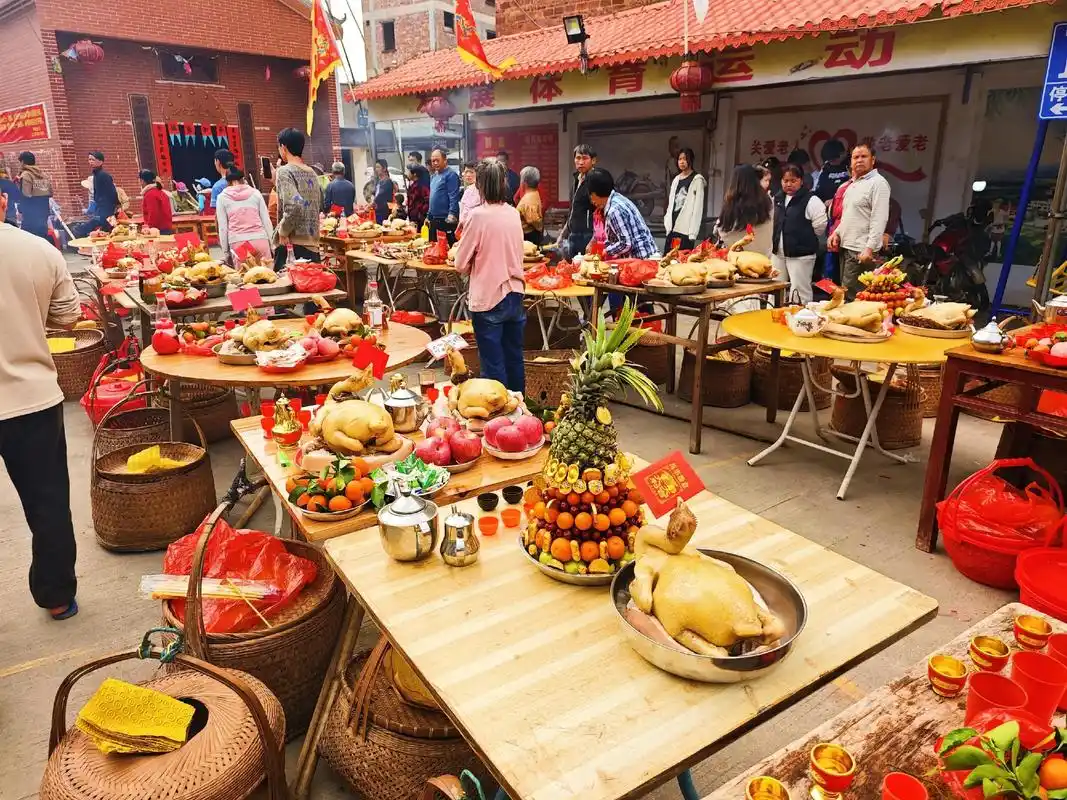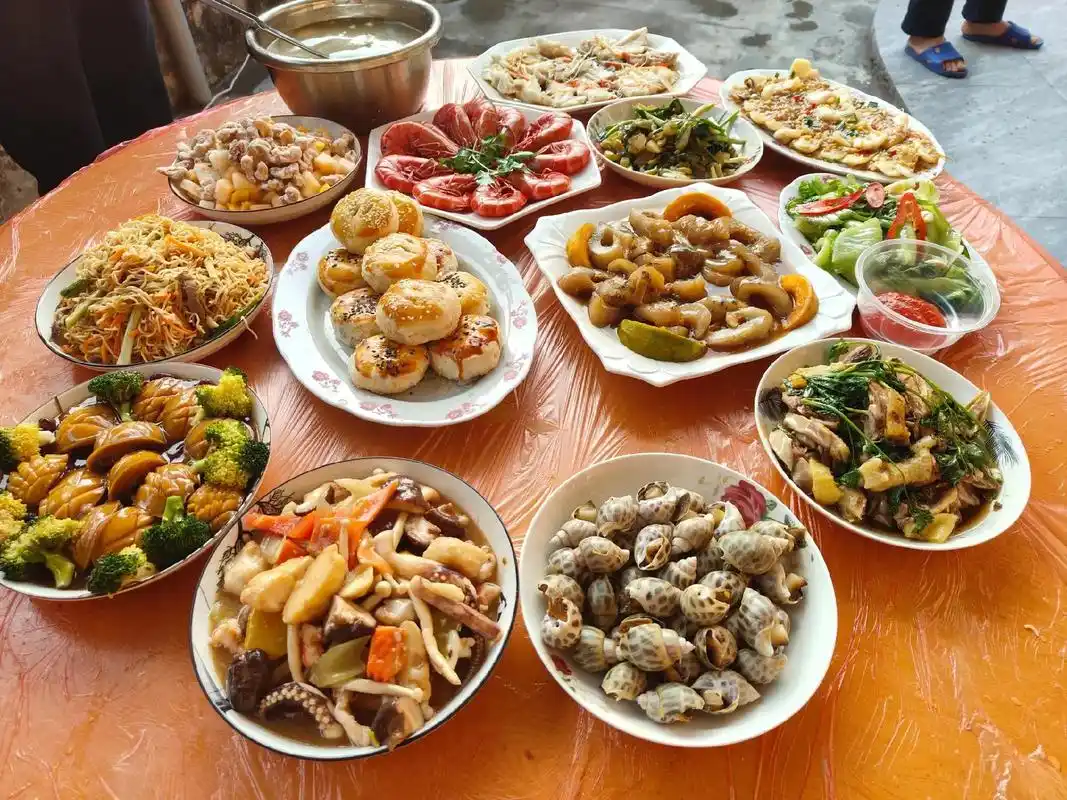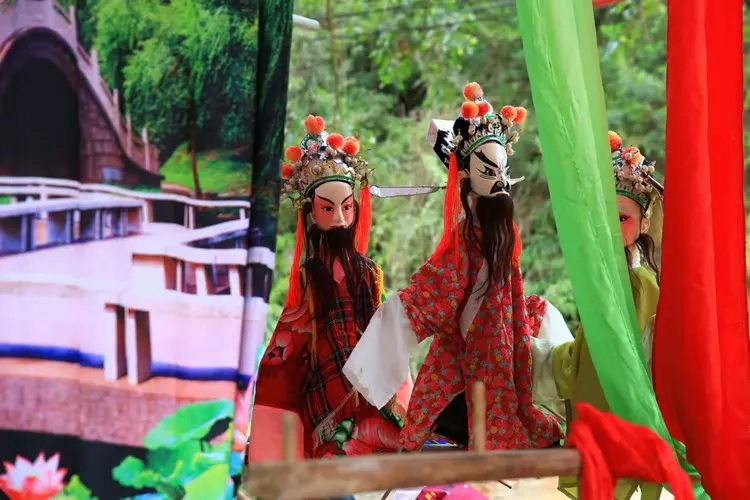Yuexi Nianli - Living Heritage of Lingnan Culture
Yuexi Nianli Celebration Scene
Origin and History of Nianli
Yuexi Nianli is a traditional folk activity popular in the western part of Guangdong Province, including cities such as Maoming, Zhanjiang, and Yangjiang. It has a long history and profound cultural heritage. Research shows that Nianli activities can be traced back to the Ming and Qing dynasties, and some even believe their origins date back to the Song Dynasty.
The formation of Nianli is closely related to the geographical environment, historical migrations, and cultural integration in western Guangdong. Located in Lingnan, western Guangdong has historically been a region where multiple ethnic groups, including Han, Zhuang, and Yao people, have lived together. Nianli activities have absorbed cultural elements from various ethnic groups, forming a unique cultural landscape.
Traditionally, Nianli has been regarded as an "annual grand gathering" and is an important way for villagers to connect with each other and pass on their cultural heritage. In times of material scarcity, Nianli was also a rare opportunity for people to enjoy better food and improve their quality of life.
Time and Cycle of Nianli
The timing of Yuexi Nianli varies by village, primarily concentrated in the first and second lunar months, though some villages hold it from the third to the twelfth lunar month. Each village has a fixed Nianli date, typically calculated according to the lunar calendar, passed down from generation to generation and rarely changed.
Nianli activities usually last an entire day, and in some villages, they may even span several days. The event includes a rich variety of activities such as divine processions, worship ceremonies, lion and dragon dances, theatrical performances, and banquets.
Core Rituals and Activities of Nianli

Divine Procession
The divine procession is one of the most solemn ceremonies during Nianli. Villagers parade through ancestral halls, with drums beating, gongs clanging, and firecrackers exploding. When the procession passes by each household, residents set up incense and offerings at their doorsteps, praying for the gods' blessings of peace and good harvests.

Nianli Banquet
"Eating Nianli" is an important part of the activities. Villagers prepare sumptuous banquets and invite friends and relatives to visit. The banquets feature a wide variety of dishes, mainly seafood and meat, reflecting the culinary characteristics of western Guangdong. The Nianli banquet is not only an opportunity to taste delicious food but also an important social occasion.

Folk Art Performances
During Nianli, various folk art performances are spectacular, including lion dances, dragon dances, puppet shows, and Cantonese opera. These performances not only add to the festive atmosphere but also preserve the traditional artistic culture of western Guangdong. In particular, the lion dance performances are vigorous and powerful, deeply loved by the audience.
Cultural Connotations and Social Functions of Nianli
Yuexi Nianli is not just a traditional custom but also an important part of Lingnan culture, with rich cultural connotations and social functions:
- Cultural Inheritance Function: Nianli activities preserve the intangible cultural heritage of western Guangdong, including historical culture, religious beliefs, and folk arts
- Social Cohesion Function: Nianli promotes communication and cooperation among villagers, strengthening community cohesion
- Economic Driving Function: During Nianli, commercial transactions are active, promoting local economic development
- Tourism Attraction Function: The unique Nianli customs attract many tourists to experience, boosting cultural tourism development
Special Nianli Cuisine
The food at the Nianli banquet in western Guangdong is rich and diverse. Here are some of the most representative dishes:
| Dish | Symbolic Meaning | Characteristics |
|---|---|---|
| White-cut Chicken | Symbolizes good luck and prosperity | Tender skin and meat, authentic flavor |
| Braised Pork | Symbolizes abundance and completeness | Rich but not greasy, melts in the mouth |
| Shuidong Mustard Greens | Symbolizes peace and safety | Crisp, refreshing, sweet without residue |
| He (Rice Cake) | Symbolizes reunion and harmony | Soft and glutinous texture, unique flavor |
Inheritance and Changes of Modern Nianli
With the development and changes of society, Yuexi Nianli is constantly evolving. On one hand, traditional rituals and customs have been preserved and passed down; on the other hand, Nianli has adapted to the needs of modern society and undergone some changes:
- Simplification of Traditional Rituals: Some complicated religious rituals have been simplified, with more emphasis on the inheritance of cultural connotations
- Enrichment of Content: In addition to traditional activities, modern cultural performances, sports competitions and other contents have been added
- Increase in Commercial Elements: Nianli has become a platform to showcase local specialty products and promote economic exchanges
- Prominence of Tourism Function: Nianli has been developed as a cultural tourism resource, attracting more and more tourists to participate
Nevertheless, as the most important traditional custom in western Guangdong, the core spirit of Nianli - inheriting culture, strengthening community bonds, and connecting kinship - remains unchanged and is still one of the most important cultural symbols in the hearts of the people in western Guangdong.